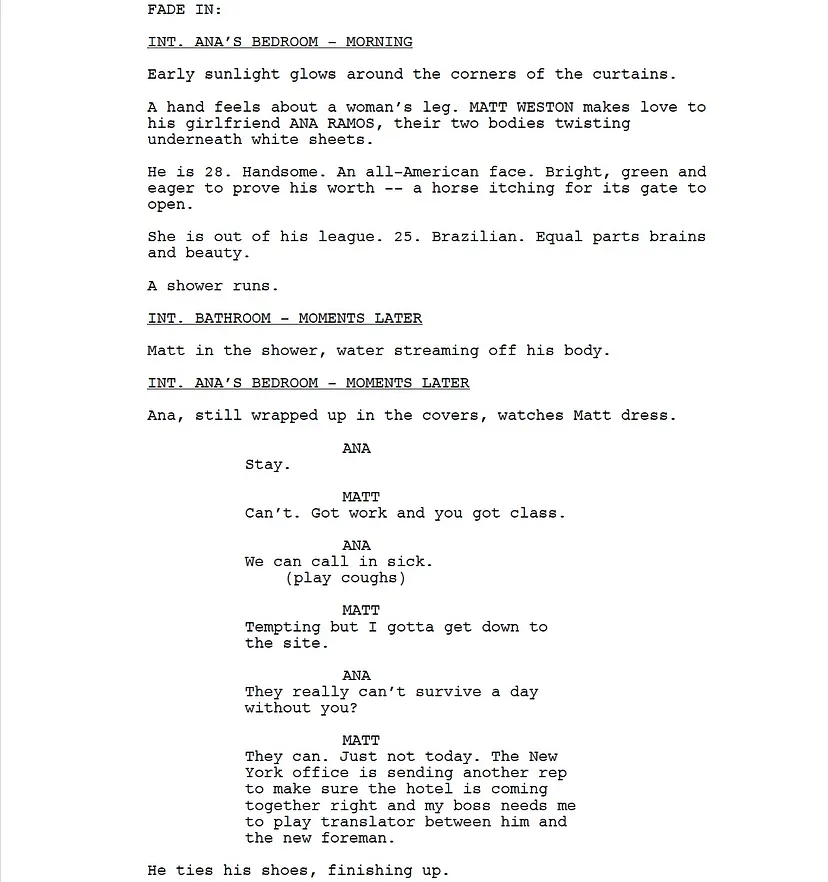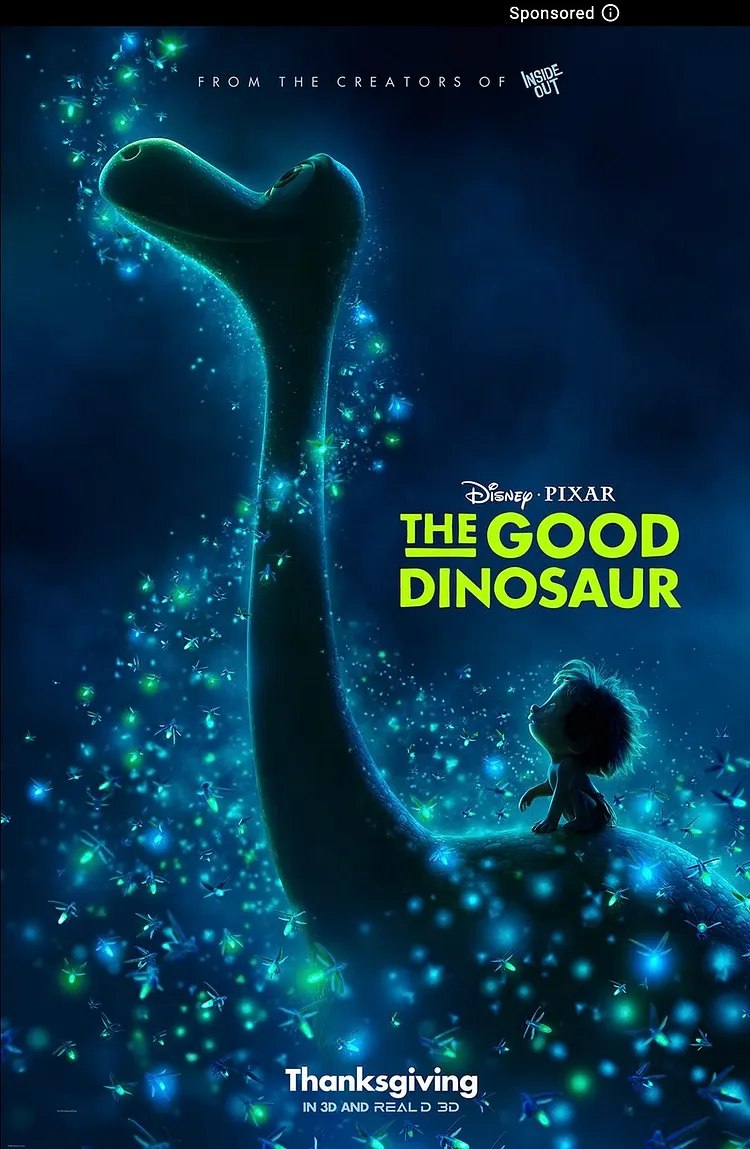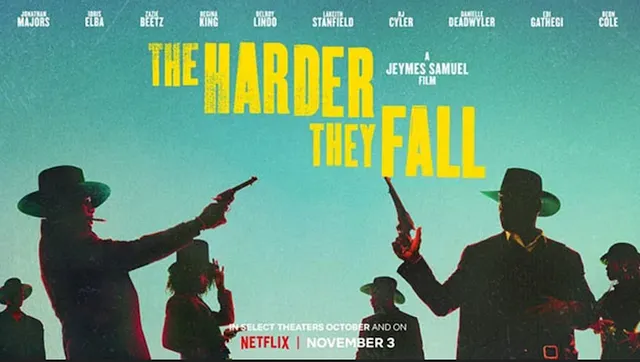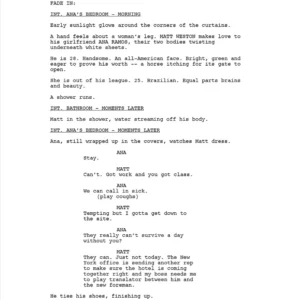“Unlock the Secrets of Scene Headings: Is the INT/EXT Format a Must-Have for Your Script?”
When it comes to the world of screenwriting, the debate between selling scripts and shooting scripts can be as riveting as a plot twist in a blockbuster film. Have you ever pondered why some writers stick to the rigid structure of INT./EXT. — LOCATION — DAY/NIGHT, while others throw caution to the wind and write with creative abandon? It’s a dance of practicality versus artistry, where screenwriters grapple with conventional expectations while crafting their unique voice. In this article, we’ll explore the nuances between these two types of scripts, the wisdom often shared in the industry, and that delightful anarchic spirit of unabashed writing. Are you ready to unravel the layers of screenwriting that shape what we see on the big screen? Buckle up, because we’re diving deep! LEARN MORE.
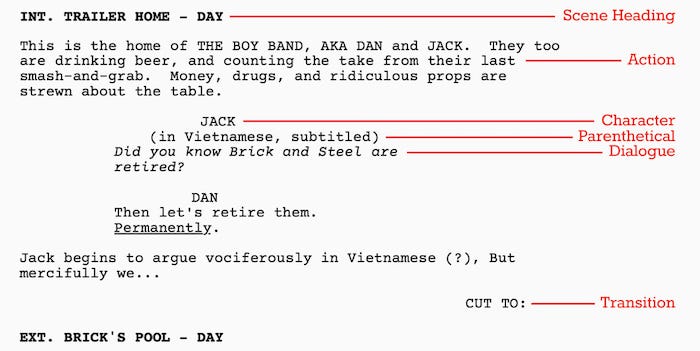
Wherein we consider selling scripts, shooting scripts, conventional wisdom, and writing whatever the hell we want.
This question arose from an interview I did in 2016 with screenwriter Andrew Friehof: “Do I have to use INT./EXT. — LOCATION — DAY/NIGHT in scene headings?
To answer this question, let’s distinguish between a selling script and a shooting script. The latter, also known as a production draft, needs INT. and EXT. and LOCATION and DAY and NIGHT. Why? Because the team of people involved in producing the movie require that information to do their jobs.
They need it for location scouting.
They need it for budgeting.
They need it for scheduling.
They need it for production design.
They need it for the art department.
They just need it, okay?
But a shooting script is a different creature than a selling script. When you write a spec script or a script on assignment, your most fundamental goal is this: Entertain the reader.
That reader can be a studio executive, producer, director, actor, or even a lowly intern or assistant. Whoever it is, you want to grab their attention…
